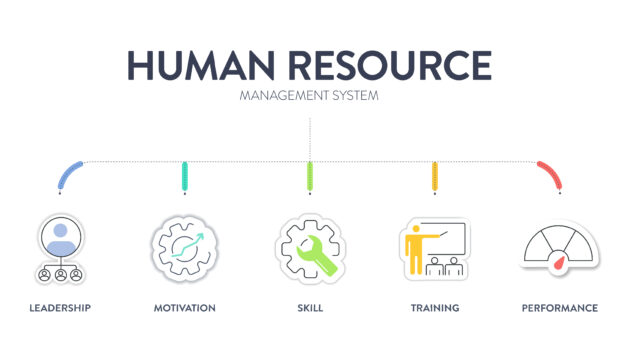I see a lot of companies sink a never-ending amount of time and money into recruitment in the hopes it will solve the frustrations related to finding candidates and filling jobs. The problem with focusing too much on tools and resources is that it’s hard to buy your way out of hiring struggles. Believing that hiring success will come if you just have “more” — more internal recruiters, more job postings, more technology and more candidates — is a false narrative.
Process is the only way to achieve sustainable hiring success. With an optimized process you can achieve goals I’m certain you’ve thought about before: proactive recruitment, pipeline building, competing for top talent, etc. Here’s how to get started.
Don’t let time become your frenemy.
A simple fix that I see so many insurance organizations fail to do is set timelines and deadlines. Do so before starting a search, otherwise you’ll find places to make excuses, become disengaged, get distracted, or pin your hopes on one candidate in the process.
During annual planning, mark every approved hire on the upcoming calendar in two spots — the ideal hire date and 90-120 days before that as the search launch.
As the year unfolds, with each planned and unplanned job opening, set deadlines to complete specific recruiting tasks like when to post jobs, complete database searches, run LinkedIn lists, send referral messages and engage outside recruiters. This keeps sourcing and advertising on task.
Get everyone to row the boat in the same direction.
Too often I see a “figure it out as we go” approach to hiring. Standardized recruiting workflows help you recruit and hire more efficiently.
- Start by position. For example: “Every client service position requires these steps to source, interview and hire candidates.” Then, define roles and responsibilities to avoid the hiring team duplicating efforts.
- Use templates. They are underutilized to prep hiring managers for interviews. Give hiring managers a Q&A guide to ensure no question goes unanswered, thus avoiding a lot of back and forth with candidates after interviews and that pesky issue of inappropriate interview questions that lead to E&O exposures.
Make decisions based on numbers rather than feelings.
A statement that should never be made pertaining to recruiting is, “I feel.” When it comes to determining talent acquisition success, everything starts with evaluating your resources using raw data.
- How much time do people involved with hiring spend on recruiting tasks? Is that a valuable use of their time relative to their skills, compensation and the primary job we pay them to do? I see far too many commercial lines directors and CHROs with six-figure salaries screening resumes, sending LinkedIn messages and scheduling interviews. It makes no sense but happens for a lot of reasons, mostly issues of capacity and lack of organization.
- Do we have recruiting software that makes sense for our job and candidate management workflows? Technology should fit your process, not the other way around. The HRIS and ATS systems were created by people who know nothing about recruiting or insurance. Far too often agencies use cumbersome systems (with too many unnecessary bells and whistles).
Then they build workarounds, abandon the system for Outlook folders or let the system be a warehouse for applications.
You can’t expect to build talent pipelines, work ahead of openings or recruit passive candidates if you don’t control the quantity and quality of information in your recruiting database.
- Do we look at key performance indicators to understand where our recruiting can improve? The most common recruiting KPIs are time-to-fill, cost-per-hire and quality-of-hire. If you don’t like what’s been going on in recruiting, then evaluate historical data to get an idea of what you can do differently. Audit files to find missed opportunities and hidden costs that contribute to recruiting inefficiencies. Gather feedback from candidates about their interview experience to increase engagement and satisfaction.
*This article was originally published by Insurance Journal, CM’s sister publication.





















 Allstate: How Can You Save on Auto Insurance?
Allstate: How Can You Save on Auto Insurance?  Performance Review: Why Insurers Struggle to Underwrite, Price and Reserve for Commercial Auto Risks
Performance Review: Why Insurers Struggle to Underwrite, Price and Reserve for Commercial Auto Risks  IRC Finds 1 in 3 U.S. Drivers Are Either Uninsured or Underinsured
IRC Finds 1 in 3 U.S. Drivers Are Either Uninsured or Underinsured  The Growth of a New Wave of Distribution Startups in Commercial Auto Insurance
The Growth of a New Wave of Distribution Startups in Commercial Auto Insurance 







